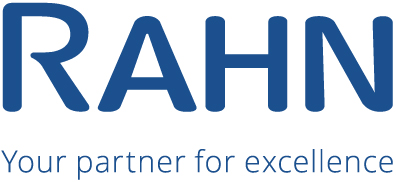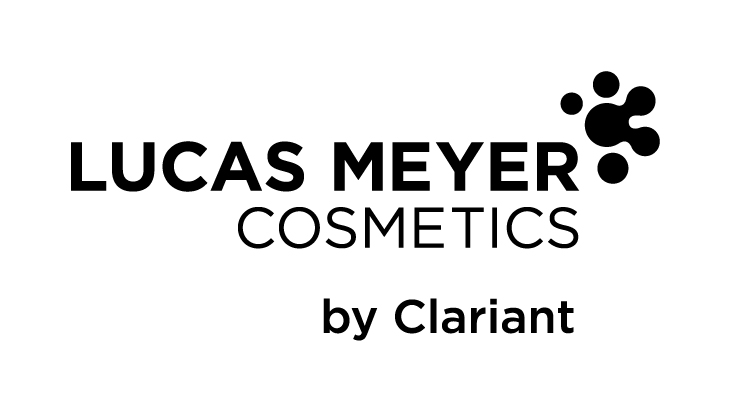Improved percutaneous absorption and transdermal delivery means potential for products with significantly enhanced cosmetic effects. John Woodruff investigates the systems available
Cosmetic compositions can be described as delivery systems when the bulk of the formulation exists to deliver a perfume, a sunscreen, a protective barrier, a moisturising agent or other effective ingredients. A definition provided by Lipotec is that delivery systems are any type of vehicle aimed to transport active ingredients into the skin layers, increasing the active’s bioavailability and stability, and allowing their controlled release from formulations. In addition, delivery systems protect actives from oxidation and attack by other formulation components or environmental stressors.
Many studies into improving percutaneous absorption and transdermal delivery systems have resulted in significant improvements in cosmetic skin care and it is these systems that are featured here.
Strangely there have been few patents that claim improved delivery. Of the six or so filed in the US in the last decade three of the more interesting for cosmetic application were reviewed in the July issue of SPC. At the 26th IFSCC Congress, Buenos Aires, 2010, there were three papers delivered in the session devoted to advances in delivery technology and there were numerous posters specifically describing penetration of the stratum corneum.
Jorge Montanari described the use of ultradeformable liposomes as a method of delivering cosmetic actives across the stratum corneum[1]; Josep-Lluis Viladot recommended encapsulated microemulsions for topical delivery of peptides to boost aquaporin activity[2]; and Thomas Hancewicz presented research into the penetration of skin moisturising agents[3].
This last paper was particularly interesting because penetration was measured in-vivo using confocal Raman spectroscopy, which enables simultaneous characterisation of the penetration of individual components from topically applied mixtures. Hancewicz said the ability to simultaneously detect and quantify penetration of individual skin active components from topically applied mixtures is critical to understanding the rate and mode of action as penetration through skin occurs. The results from these studies suggested that each component of an emulsion is in itself a moisturising component, which provided an increased moisturising potential for some mixtures with glycerine over glycerine alone.
Confocal Raman spectroscopy was also used by Förster Matthias[4] to track the ingredients of a cosmetic emulsion when applied to skin. Matthias claimed that optimising a formulation for skin targeting requires a complete understanding of penetration of formulation ingredients into the skin at the molecular level. He also claimed that due to experimental difficulties most biopharmaceutical studies are based on kinetic measurements of the active and on hypothetical arguments for the reasons of a good or bad penetration. Changing even one ingredient in the formulation may have a drastic influence on skin penetration and only hypothetical assumptions can be made to explain such differences.
Determining theoretical optimum delivery systems is the speciality of Johann Wiechers. His book[5] includes measuring skin delivery and percutaneous absorption and optimising formulations by selecting the best formulation type and the ideal emulsifier and emollients to deliver a particular active. Wiechers insists that the polarity of the oil phase should match that of the stratum corneum for best results. Other chapters in the book describe all current methods for improving delivery systems such as liquid crystalline emulsions, vesicles, nanoparticles, microencapsulation, liposomes and iontophoresis.
Wiechers has also developed a computer programme[6] that greatly simplifies optimising delivery systems. The proposed emollients and active ingredients are entered along with a few other properties, such as concentration of the active, and the software calculates the rest. The programme will either optimise an existing formulation or propose the most effective combination of emollients for a complete new formulation. It can also be used to create a non-penetrating formula for ingredients such as sun protection agents that need to stay on the skin’s surface.







